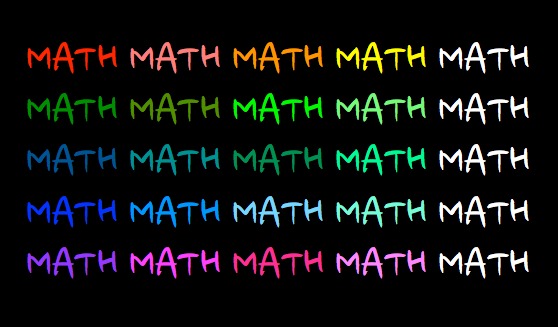Double-Digit Addition: Overcoming Challenges
Learning double-digit addition can be a challenge for children with autism. In this article I’ll tell you the difficulties we had and how we’re learning to overcome them.
Of course, your child may not run into the same issues we faced. But I hope that telling you what we experienced will be of some help.
Although learning to add two digits to two digits is much like mastering the addition of two digits to one digit, I thought it would be beneficial to devote an article to each of these concepts.
If your child isn’t yet ready for this step, you may want to read about how to teach math facts or how I taught my son to add two digits to one digit.
But if they’re ready for the next step, read on…

Two-Digit Plus Two-Digit Addition
To start this phase of double-digit addition, you’ll want to write out a few two-digit plus two-digit equations. Make sure that no carrying is required. This is how I started because I wanted my son to learn this new concept of adding two columns of numbers before having to worry about carrying.
At first I walked him through these equations to show him how to do them.
Keep in mind that your learner may need some time to master this, and lots of help. There's no hurry. Just keep working at it every day until they get it.
My son needed some time to get used to this, too.
Once adding two columns with no carrying was easy for him, it was time to learn…
Double-Digit Addition Equations With Carrying (Regrouping)
I always like to start out a page of equations with two or three easy ones. This makes the task more encouraging.
So, I would start off with a couple of two-digit plus two-digit equations that require no carrying. Then the third or fourth equation can require carrying or regrouping.
After practicing equations that required regrouping, he soon became comfortable with the concept.

The Challenge
If you’ve seen my article about adding two digits to one digit, you’ll remember that my son had difficulty switching back and forth between equations that required carrying and those that didn’t. This is in spite of the fact that he had learned both of these procedures quite easily.
Here’s an example:
1 1
73 83 33
+19 +28 +44
92 111 87
As you can see, he kept adding a 1 to the tens column even when there wasn’t a carried 1 in the tens column.
As I stated in that article, I believe that this issue is rooted in autism. It involves the difficulty of getting “stuck” thinking that every task must be done the same way.
This makes it hard for him to change the procedure to suit the circumstances.
What I Did About It

So, I needed to give him lots of practice with carrying and non-carrying equations. And I had to mix them up so he didn’t get into a rut.
It also helped to talk him through each step. In the first example above, I would say, “Three plus nine equals _____? And what’s one plus seven? Yes, one plus seven is eight. And what’s eight plus one?”
And I needed to keep talking through these with him until he was consistently getting them right.
Once children learn to add two columns of numbers well, the next step should be three-digit addition equations.
Solving double-digit addition equations can be challenging for our children, but it’s not impossible. With enough love, patience and persistence, they can succeed.



New! Comments
Have your say about what you just read! Leave me a comment in the box below.